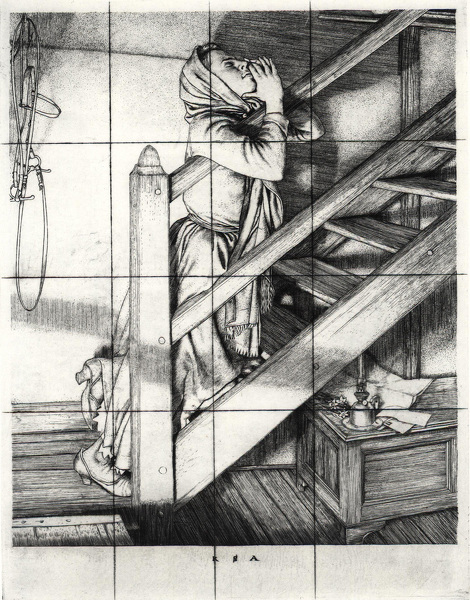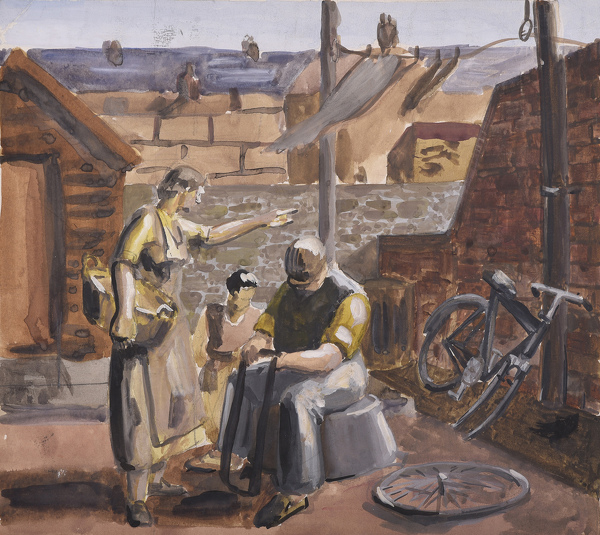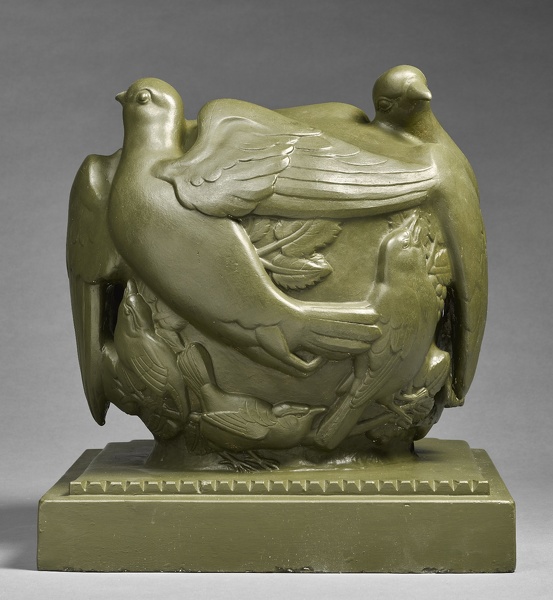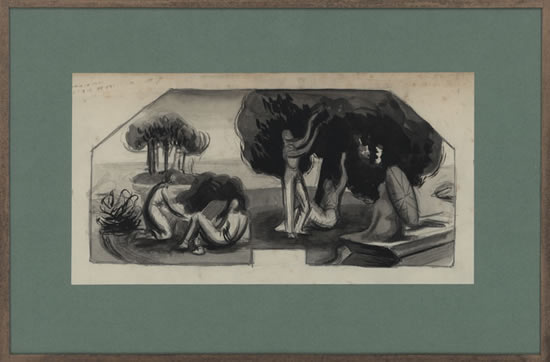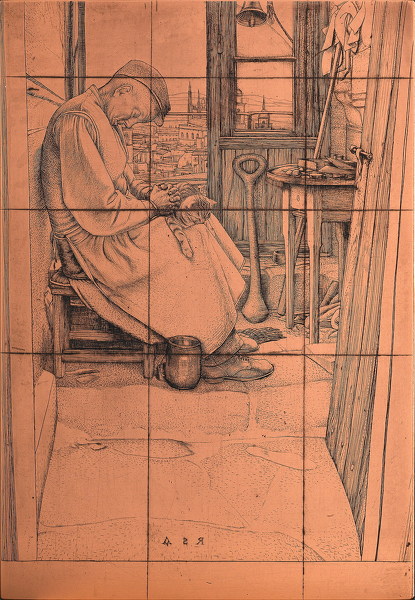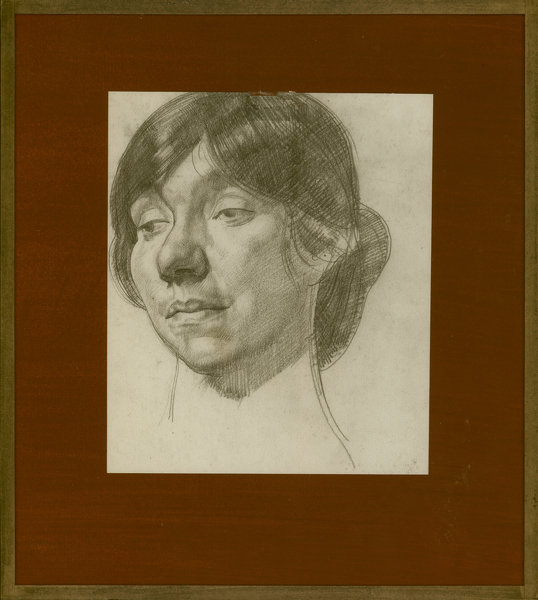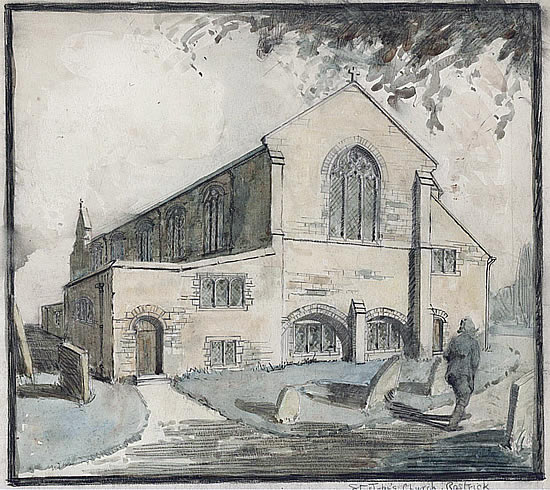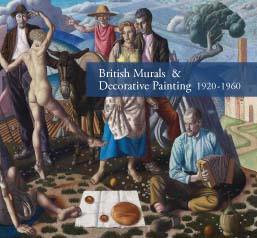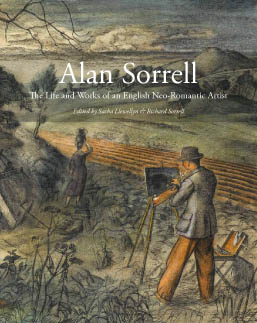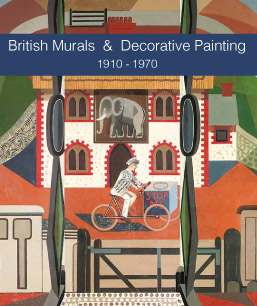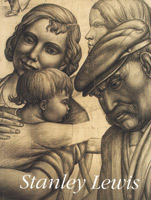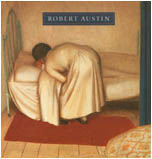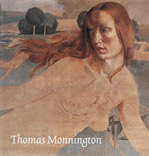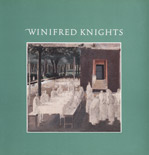The British School at Rome
For two decades Liss Llewellyn has championed the work of the unsung heroes of the British School at Rome. Of particular interest are the first generation of Scholars (working in the four separate disciples of painting, sculpture, print making and architecture) who were at the School during the inter-war years.
In a wider context, our site serves as a focal point for artists who were especially influenced by Piero della Francesca.
 Rome Scholars
Rome Scholars